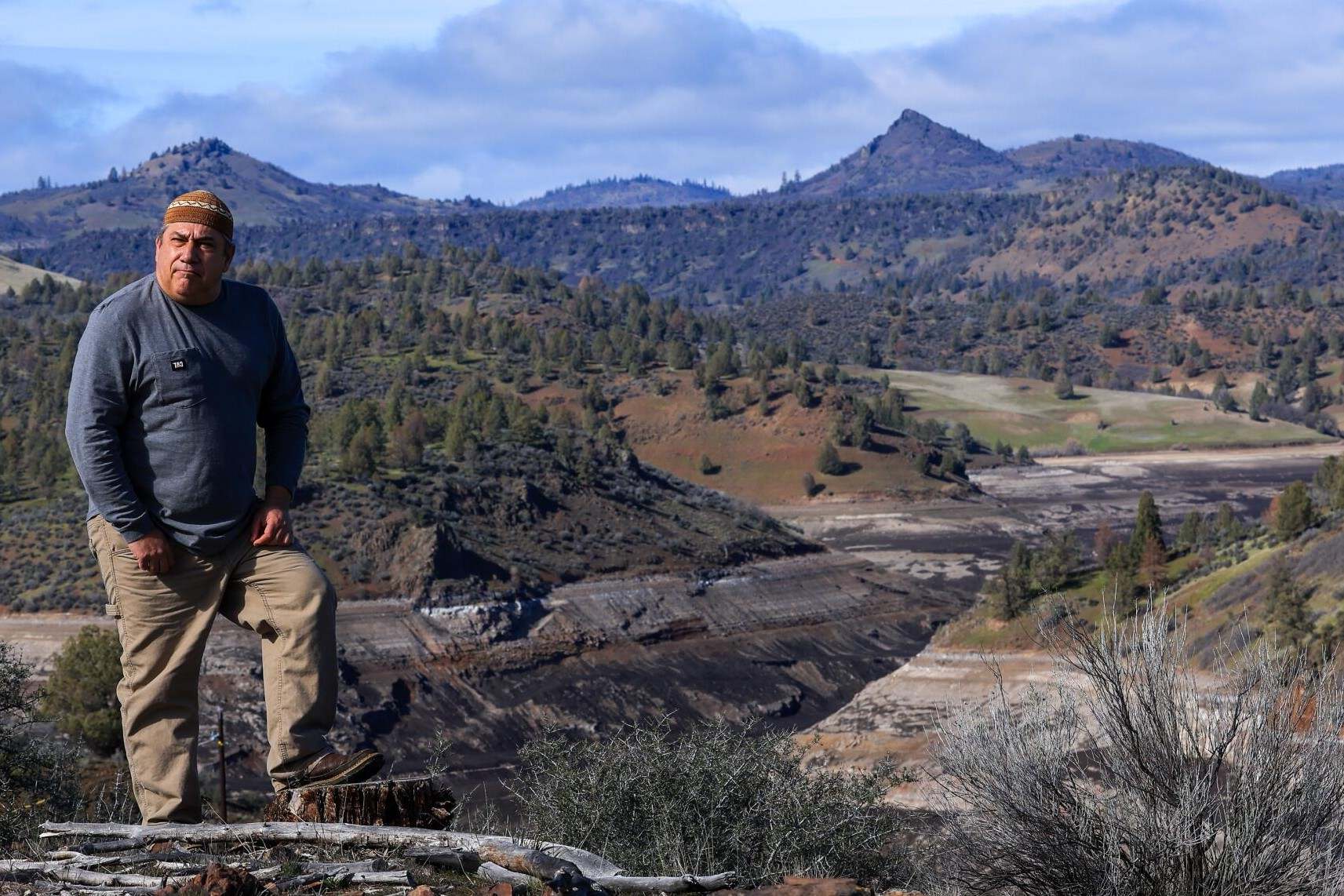Secrets Of Fire Management In California’s Karuk Territory

Have you ever wondered how the Karuk Tribe manages fire in California's forests? For centuries, the Karuk people have used traditional methods to control and benefit from fire. These practices not only protect their land but also promote new growth and maintain a healthy ecosystem. Unlike modern fire suppression techniques, the Karuk's approach involves setting controlled burns to clear out underbrush and prevent larger, more destructive wildfires. This ancient knowledge, passed down through generations, shows a deep understanding of the land and its needs. Learning about these methods can offer valuable insights into sustainable fire management today.
Understanding Fire Management in Karuk Territory
Fire management in California's Karuk territory is a blend of ancient traditions and modern techniques. The Karuk people have long used fire to maintain the health of their lands, ensuring that forests remain vibrant and ecosystems thrive. This practice, known as cultural burning, is a cornerstone of their environmental stewardship.
The Role of Cultural Burning
Cultural burning is a deliberate and controlled use of fire to achieve specific ecological outcomes. This practice has been passed down through generations and is integral to the Karuk way of life. Here are some key places where cultural burning plays a crucial role:
Siskiyou Mountains: The rugged terrain of the Siskiyou Mountains benefits greatly from cultural burning. These controlled fires help reduce underbrush, preventing larger, uncontrolled wildfires.
Klamath River Basin: Along the Klamath River, cultural burns maintain the health of riparian zones. These areas are crucial for fish populations, including the culturally significant salmon.
Marble Mountains: In the Marble Mountains, cultural burning promotes the growth of native plants. This practice ensures that traditional food sources and medicinal plants continue to thrive.
Modern Fire Management Techniques
While cultural burning remains vital, modern techniques also play a role in fire management. These methods often complement traditional practices, creating a comprehensive approach to wildfire prevention and control.
Firebreaks: Creating firebreaks involves clearing vegetation to create barriers that stop or slow the spread of wildfires. This technique is used extensively in high-risk areas.
Controlled Burns: Similar to cultural burning, controlled burns are planned and executed by fire management professionals. These burns reduce fuel loads and help maintain healthy ecosystems.
Fire Suppression: In cases where wildfires do occur, fire suppression techniques are employed. This includes the use of water, fire retardants, and specialized equipment to control and extinguish fires.
Collaborative Efforts in Fire Management
Effective fire management in Karuk territory involves collaboration between various stakeholders. This includes tribal authorities, government agencies, and environmental organizations working together to protect the land.
Karuk Tribe Department of Natural Resources: This department plays a pivotal role in coordinating fire management efforts. They integrate traditional knowledge with modern science to develop effective strategies.
U.S. Forest Service: The U.S. Forest Service collaborates with the Karuk Tribe to implement fire management practices. This partnership ensures that both cultural and ecological goals are met.
Local Fire Departments: Local fire departments provide essential support during wildfire events. Their expertise and resources are crucial in protecting communities and natural areas.
The Future of Fire Management in Karuk Territory
Looking ahead, the future of fire management in Karuk territory will likely involve a continued blend of traditional and modern practices. Emphasizing education and community involvement will be key to sustaining these efforts.
Educational Programs: Programs aimed at educating the public about the benefits of cultural burning and fire management are essential. These initiatives help build support for these practices.
Community Involvement: Engaging the community in fire management efforts ensures that everyone has a stake in protecting the land. Volunteer programs and community workshops are effective ways to foster this involvement.
Research and Innovation: Ongoing research into fire management techniques and their ecological impacts will help refine and improve practices. Innovation in this field will be crucial for adapting to changing environmental conditions.
Learning from the Karuk
The Karuk people have a deep understanding of fire management. Their methods, honed over centuries, show how controlled burns can benefit the environment. These practices reduce the risk of large wildfires, promote plant growth, and support wildlife. Modern fire management can learn a lot from these traditional techniques.
Adopting some of these methods could help California manage its wildfire problem. It's not just about preventing fires but using them wisely. The Karuk's approach shows that fire can be a tool for sustainability.
By respecting and integrating these ancient practices, we can create a safer, healthier environment. It's time to look at fire not just as a threat but as a natural part of the ecosystem. The Karuk have shown us the way. Now, it's up to us to follow their lead.

